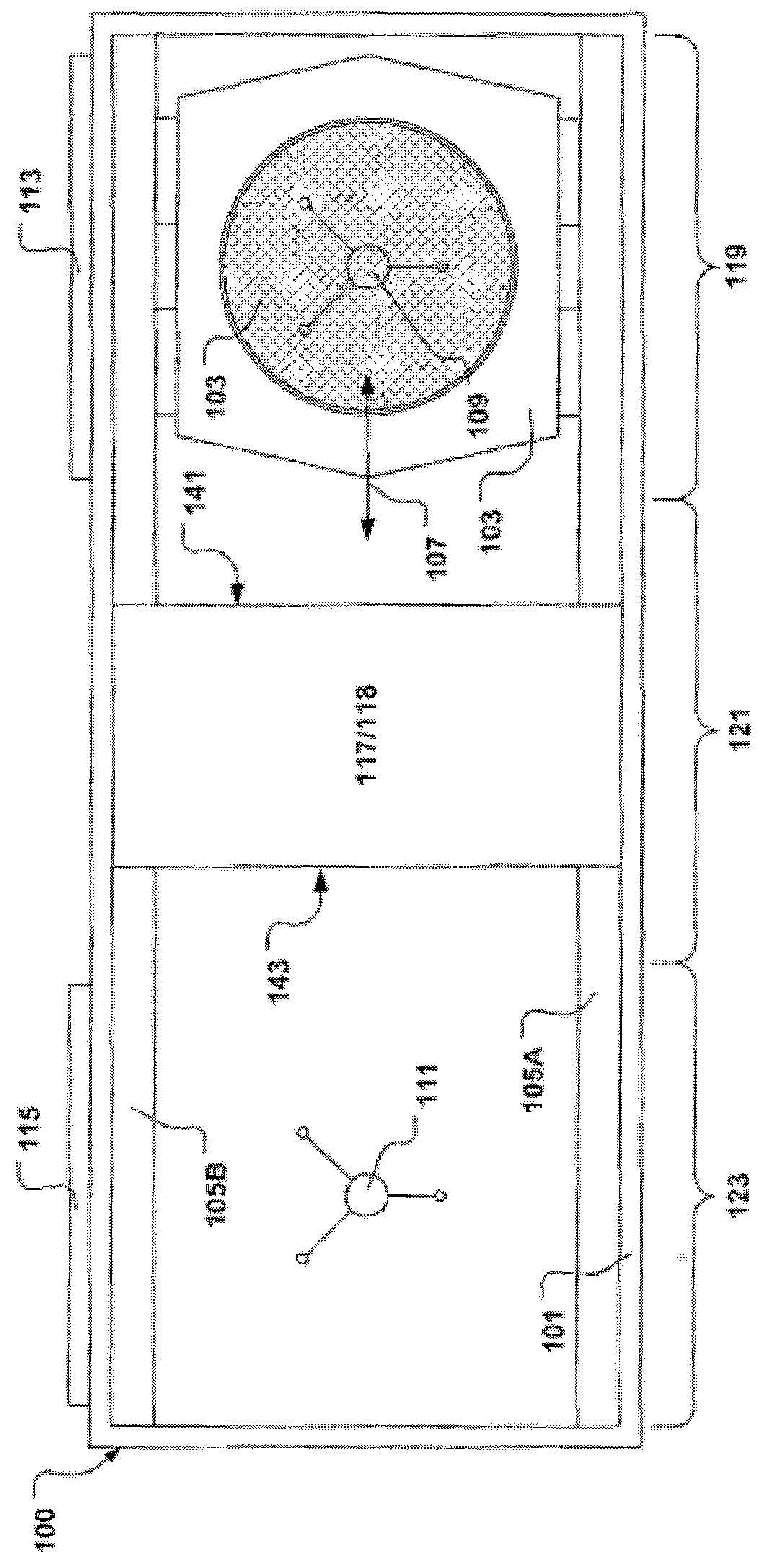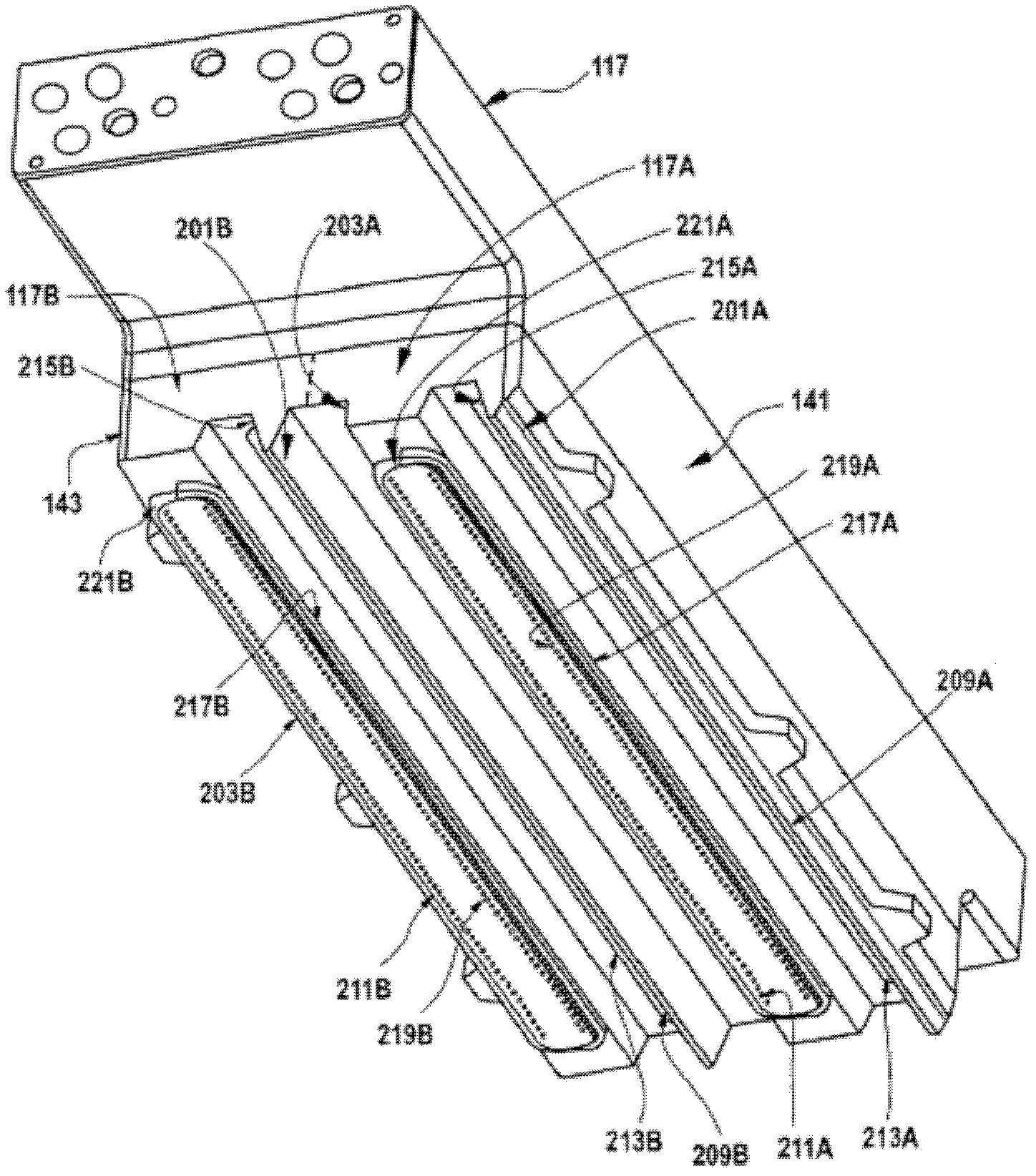Apparatus and system for cleaning substrate
A substrate and cleaning technology, applied in the direction of cleaning methods and appliances, chemical instruments and methods, electrical components, etc., can solve problems such as difficulties
- Summary
- Abstract
- Description
- Claims
- Application Information
AI Technical Summary
Problems solved by technology
Method used
Image
Examples
Embodiment Construction
[0016] In the following description, numerous specific details are set forth in order to provide a thorough understanding of the present invention. It will be apparent, however, to one skilled in the art that the present invention may be practiced without some or all of these specific details. In other instances, well known process operations have not been described in detail in order not to unnecessarily obscure the present invention.
[0017] Substrates referred to herein mean, but are not limited to, semiconductor wafers, hard drive disks, optical disks, glass substrates, flat panel display surfaces, and liquid crystal display surfaces, etc., which may be contaminated during manufacturing or processing operations. Depending on the actual substrate, surfaces can be contaminated in different ways, and acceptable levels of contamination are defined in the particular industry in which the substrate is processed. For ease of discussion, substrate contamination is described here...
PUM
 Login to View More
Login to View More Abstract
Description
Claims
Application Information
 Login to View More
Login to View More - R&D
- Intellectual Property
- Life Sciences
- Materials
- Tech Scout
- Unparalleled Data Quality
- Higher Quality Content
- 60% Fewer Hallucinations
Browse by: Latest US Patents, China's latest patents, Technical Efficacy Thesaurus, Application Domain, Technology Topic, Popular Technical Reports.
© 2025 PatSnap. All rights reserved.Legal|Privacy policy|Modern Slavery Act Transparency Statement|Sitemap|About US| Contact US: help@patsnap.com



